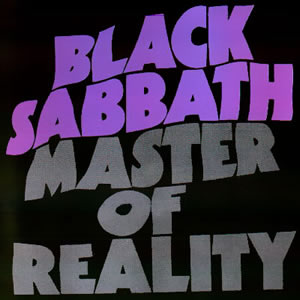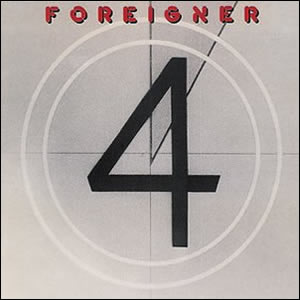Master of Reality
by Black Sabbath
Buy Master of Reality Black Sabbath‘s third album, Master of Reality, sees the quartet building on the foundations of their two 1970 albums and exploring new fusions of heavy rock n roll. Some […]


